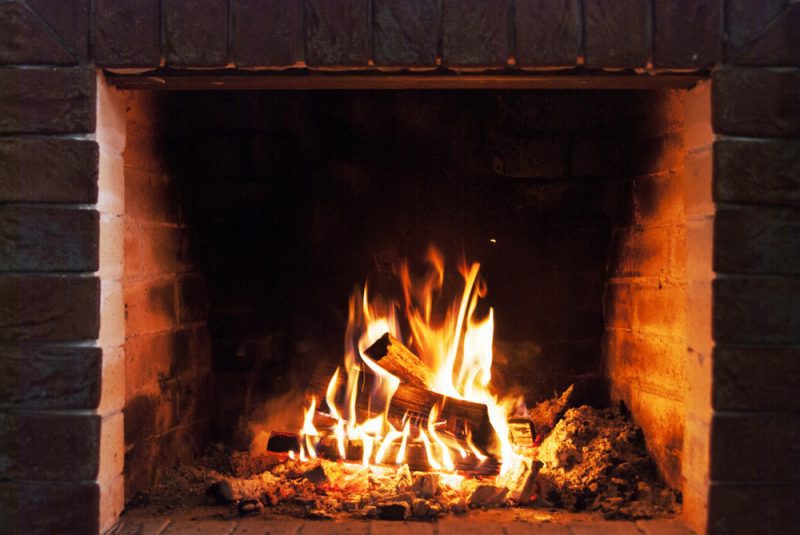
Pay attention to wood smoke
Wood smoke contains some chemicals and gases, such as benzene, formaldehyde, acrolein, and polycyclic aromatic hydrocarbons (PAHs), that can adversely affect your health. Smoke forms when wood or other organic matter burn. In this case, the solution is to burn wood efficiently to create less smoke, such as EPA-certified wood stove and dry, seasoned wood.
Smoke contains some fine particles that can get into your eyes and lungs, which can lead to severe respiratory problems and burning eyes. It can also worsen asthma symptoms and trigger stroke, heart failure and heart attack.
So, try to keep your kids, older adults and other vulnerable individuals away from wood smoke.

Carbon monoxide poisoning
As you probably know, carbon monoxide is a gas that can be poisonous and has no taste or smell. It can be fatal if you are exposed to high levels of carbon monoxide.
“Carbon monoxide is the odorless, colorless toxic byproduct of burning fuel,” says Ian Tong, MD, chief medical officer for Doctors on Demand. “It competes for space in red blood cells with oxygen. So even a small amount can impact your body’s ability to carry oxygen to the cells. Exposure to this gas can literally poison or suffocate you without warning, but it can also cause numerous symptoms like headaches, dizziness, and nausea.”
Instead, you can install carbon monoxide detectors and try to sit away from your fireplace. Symptoms of carbon monoxide poisoning include headache, dizziness, tiredness, stomach pain, confusion and difficulty breathing. However, your symptoms may be mild when you are away from the source of the carbon monoxide.














































































